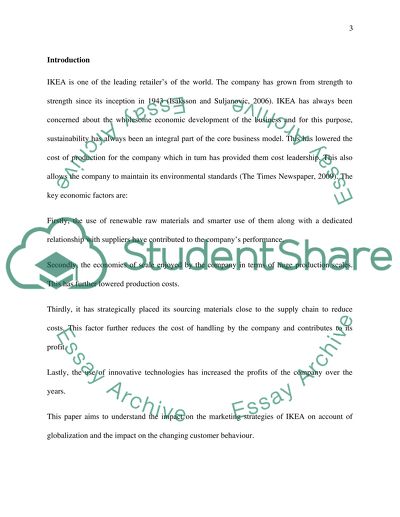Cite this document
(“Global Economic Environment and Marketing Essay”, n.d.)
Retrieved from https://studentshare.org/marketing/1498862-global-economic-environment-and-marketing
Retrieved from https://studentshare.org/marketing/1498862-global-economic-environment-and-marketing
(Global Economic Environment and Marketing Essay)
https://studentshare.org/marketing/1498862-global-economic-environment-and-marketing.
https://studentshare.org/marketing/1498862-global-economic-environment-and-marketing.
“Global Economic Environment and Marketing Essay”, n.d. https://studentshare.org/marketing/1498862-global-economic-environment-and-marketing.


